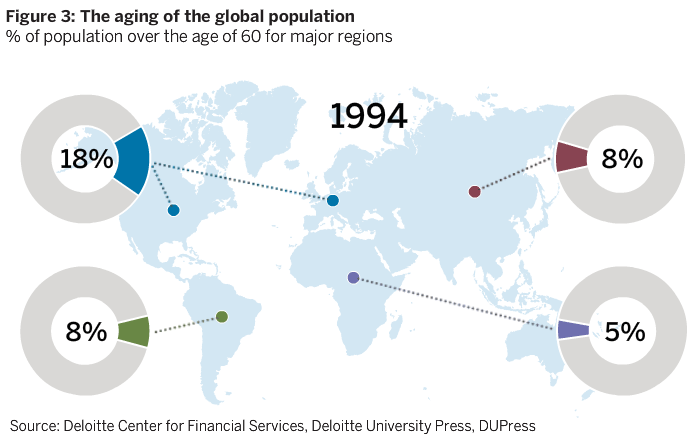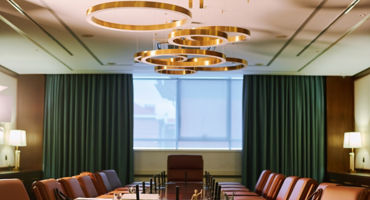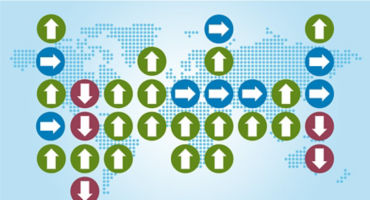A contextual framework for thematic equity investing
In today’s era of heightened market volatility and rampant investor “short-termism,” having conviction in compelling, long-term structural trends could prove to be a defining edge, in terms of both risk management and return generation. Macro uncertainty has triggered wild sentiment swings, resulting in market rotations along factor, sector, and country lines, with seemingly little consideration of company-by-company idiosyncrasies. In many cases, industry leaders are being discounted at the same rate as their less-innovative peers. Meanwhile, competitive moats are expanding as the cost of capital rises. Forward-looking management teams are doubling down on the multiyear trends that are impacting their business, while other firms are overly fixated on near-term profit margin protection. The market's underappreciation of these nuances is being exaggerated by compromised liquidity across global equities, amplifying the severity of both up and down market moves.
Against this backdrop, rigorous investment research, direct engagement with companies, and agile active management are likely to be even more critical drivers of long-term outperformance. Equally important, in our judgment, is to have a distinctive investment process built on robust cross-discipline collaboration. Leveraging insights from our global industry analysts and equity research teams, we strive for early identification of market inflections and price disconnects across sectors, including technology, financials, industrials, health care, energy, and consumer products.
To a large degree, “megatrends” undergird our investment convictions — longer-term trends and themes that we believe are going to structurally alter global market dynamics, asset pricing, and ingredients for 21st-century corporate success. Many high-quality, secular growth companies appear poised to benefit from one or more of these megatrends. Here are three areas where we see opportunities in companies that may be relatively well positioned to weather the risk of an economic slowdown over the next 12 months and beyond.





























Monthly Market Review — November 2025
A monthly update on equity, fixed income, currency, and commodity markets.
By